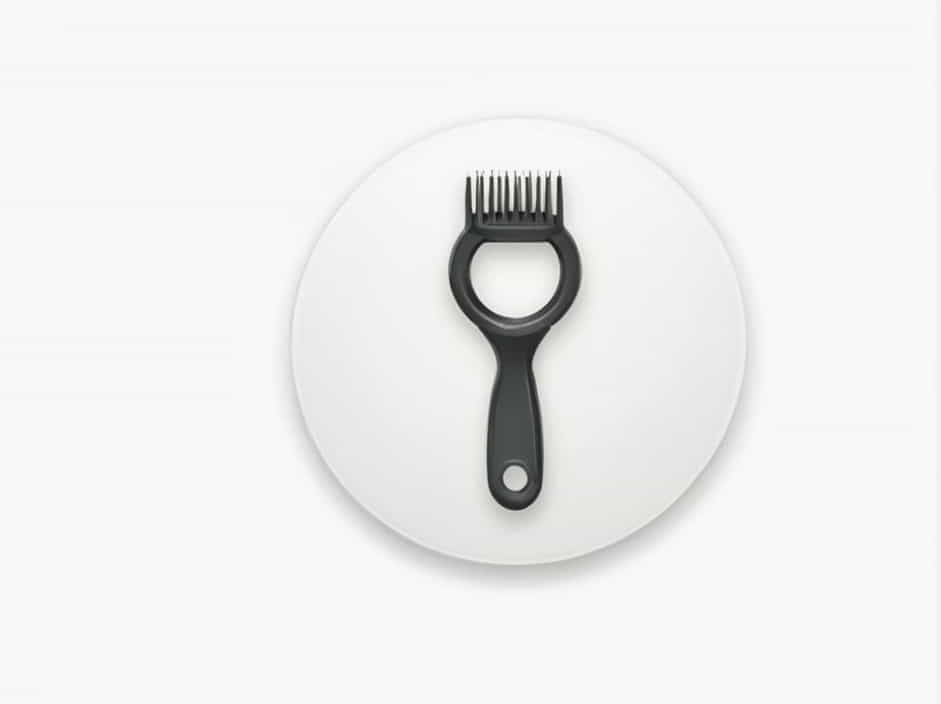Many people believe that trimming hair regularly helps it grow faster. But is this fact or just a common myth? In this topic, we’ll explore how trimming affects hair growth, why it’s beneficial, and the science behind keeping your hair healthy.
Does Trimming Hair Really Make It Grow Faster?
Hair grows from the roots, not the ends. Cutting the tips of your hair does not directly affect the follicles in your scalp, where hair growth actually happens. However, trimming plays an essential role in maintaining hair health, which can lead to longer and stronger hair over time.
The Hair Growth Cycle
To understand why trimming helps, it’s important to know how hair grows. Hair goes through three main stages:
- Anagen Phase (Growth Phase) – This is the active growth stage, lasting between 2 to 7 years.
- Catagen Phase (Transition Phase) – A short phase where hair growth slows down.
- Telogen Phase (Resting Phase) – Hair sheds and new strands begin to grow.
Trimming does not change these natural cycles, but it helps prevent damage that could slow hair growth.
Benefits of Trimming for Hair Growth
1. Prevents Split Ends
Split ends occur when hair strands become weak and start to break. If left untrimmed, split ends can travel up the hair shaft, causing further breakage. This makes hair appear thinner and shorter over time. By trimming regularly, you remove damaged ends and prevent further splitting.
2. Reduces Breakage
Damaged hair is more prone to breakage, which can make it seem like your hair isn’t growing. Trimming removes weak, fragile ends, reducing overall breakage and allowing hair to maintain its length.
3. Improves Hair Health and Appearance
Even if trimming doesn’t make hair grow faster, it makes hair look healthier. Split ends and breakage cause hair to look frizzy, dry, and uneven. A fresh trim creates a smoother, fuller appearance.
4. Encourages Stronger Growth
While trimming doesn’t speed up growth, it helps create an optimal environment for healthy hair. When the ends are free from damage, the strands remain strong, reducing the need for frequent cutting due to breakage.
How Often Should You Trim Your Hair?
The frequency of trims depends on your hair type and condition:
- Every 6-8 weeks – For those with damaged or chemically treated hair.
- Every 10-12 weeks – For people with healthy, natural hair.
- Every 3-4 months – For those growing out their hair while keeping it healthy.
Regular trims prevent excessive damage, allowing hair to grow longer without frequent major cuts.
Common Myths About Trimming and Hair Growth
Myth 1: Cutting Hair Makes It Grow Faster
Hair growth occurs at the scalp, so trimming doesn’t change the rate at which new hair grows. However, it prevents damage, which can help hair reach longer lengths over time.
Myth 2: You Should Avoid Trimming If You Want Long Hair
Skipping trims allows split ends to worsen, leading to more breakage. Regular trims maintain hair strength, helping it grow longer and healthier.
Myth 3: Trimming Changes Hair Thickness
Hair thickness is determined by genetics and overall health, not how often you cut it. However, trimming removes damaged, thin ends, making hair look fuller.
Tips to Support Healthy Hair Growth
Trimming is just one part of hair care. To promote strong growth, follow these tips:
1. Maintain a Healthy Diet
Eating foods rich in protein, vitamins, and healthy fats supports hair growth from within. Nutrients like biotin, iron, and omega-3 fatty acids strengthen hair strands.
2. Use Gentle Hair Care Products
Shampoos and conditioners free of sulfates and harsh chemicals prevent excessive dryness and breakage. Look for products that nourish and protect hair.
3. Avoid Excessive Heat Styling
Frequent use of curling irons, straighteners, and blow dryers weakens hair over time. Always use a heat protectant if styling with heat.
4. Keep Your Scalp Healthy
A clean, well-moisturized scalp promotes healthy hair growth. Massaging your scalp with natural oils like coconut or castor oil can stimulate circulation.
5. Protect Hair While Sleeping
Using a silk or satin pillowcase reduces friction, preventing breakage. You can also wrap hair in a silk scarf or use a loose braid to protect it overnight.
Trimming hair doesn’t directly speed up growth, but it plays a vital role in maintaining hair health. By preventing split ends and reducing breakage, regular trims help hair retain its length and strength. Combined with proper hair care, a balanced diet, and gentle styling habits, trimming ensures your hair grows beautifully and remains in its best condition.
